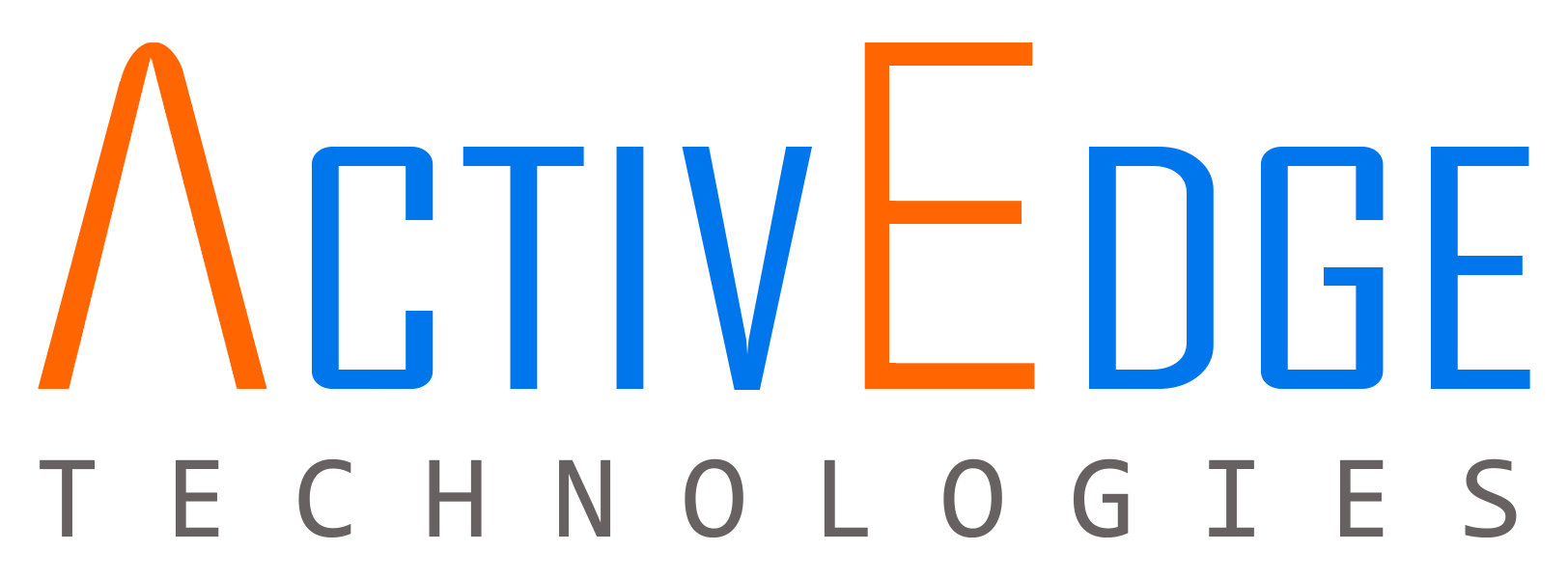Within the realm of banking, the specter of threats to Cybersecurity’ looms large. The repercussions of data breaches reverberate far beyond the financial ledger, casting a shadow of a tarnished reputation that can prove even more challenging to mend. In this ongoing battle between malevolent actors armed with a myriad of threats and financial institutions fortified by their security measures, equilibrium remains elusive. At the heart of this struggle lies a coveted prize: customers’ personally identifiable information (PII), a treasure trove so valuable that adversaries tirelessly vie for its acquisition
BRUTE FORCE & CREDENTIAL STUFFING
Brute force and credential stuffing attacks are the holy grail for bad actors and do the most damage: customer takeovers and account lockouts.
PREVENT via strong password policies and multi-factor authentication (MFA).
STOP via early detection and identifying increases in failed logins.
DDoS ATTACKS
If successful, these attacks take the “services” out of financial services. Common impacts include customers suddenly being unable to access banking apps for core services, slowing your network to a crawl, and even taking you offline entirely.
DETECT via having a way to quickly compare with normal network traffic—knowing what an attack condition looks like.
STOP via IP blocking based on content, geolocation, and traffic rate.
WEB ATTACKS MALWARE
Good news: These attacks are actually declining.
PREVENT via keeping up to date on patches for web apps and related technologies and conducting penetration tests against web applications.
DETECT using a web application firewall (WAF) for web protocol inspection.
Those Are the Attacks.
Now, What About the Targets?
Given the enduring prevalence of brute force and credential stuffing, it’s not surprising that most of the targeted tech involves some kind of authentication technology, whether that’s login pages, APIs, or Anonymous File Transfer Protocols (AFTP). Websites and DNS are both susceptible to attack either via the exploit of vulnerabilities or DDoS, so it’s not possible to tell how those vectors map to these targets
What to Do Next?
We Can Help.
Compared with other sectors, the banking industry tends to place greater importance on substantive and overarching cybersecurity programs. Still, it faces many of the same challenges that other industries do when it comes to building and maintaining security programs in the face of both attacker trends and entropy.
Schedule a Live Demo with Our Experts at ActivEdge >> Discover Tailored Security Solutions for the Financial Sector, Designed to Mitigate Risks and Optimize Costs

